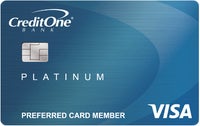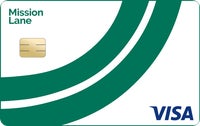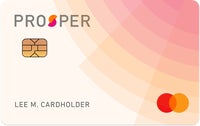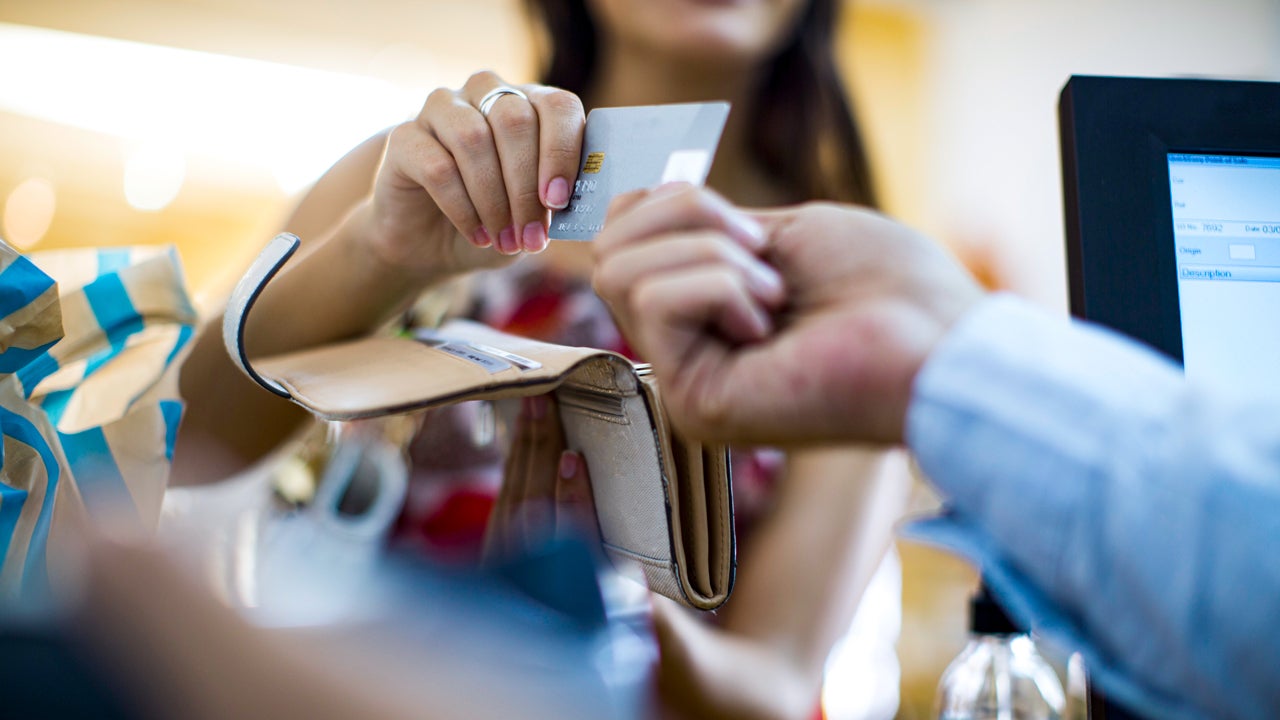Best unsecured credit cards for bad credit




A bad credit score, or any score below 579 on the FICO scale, can put a wrinkle in nearly any financial plan, including if you want to get a credit card. Most credit card issuers require good or excellent credit (670 to 850) to qualify for their best offers — especially if you’re looking for an unsecured card. If you have at least fair credit, or a FICO score between 580 to 669, you’ll likely have more unsecured credit card offers available to you. If you have bad credit, however, your options might be limited.
Still, a handful of unsecured credit cards for bad credit are available. Keep in mind that they tend to have annual fees, fewer perks and lower credit limits compared to cards for fair or better credit. Below, we list some of the better picks available.
Comparing the best unsecured cards for bad credit
| Credit card | Best for | Annual fee | Bankrate score |
|---|---|---|---|
| Credit One Bank® Platinum Visa® for Rebuilding Credit* | Cash back | $75 for the first year. After that, $99 annually ($8.25 per month) | 2.3 |
| Mission Lane Visa® Credit Card* | Potentially no annual fee | $0 - $59 | 3.4 |
| Indigo® Mastercard®* | Traveling abroad | $175 for the first year. $49 thereafter | 2.2 |
| Prosper® Card | Instant credit access | $59 (waived for the first year if you sign up for autopay before your first statement) | 3.1 |
Top unsecured credit cards for bad credit

Credit One Bank® Platinum Visa® for Rebuilding Credit

Mission Lane Visa® Credit Card

Indigo® Mastercard®

Prosper® Card
How to choose an unsecured credit card for bad credit
Though unsecured credit cards for bad credit have fewer features and options than standard credit cards, you’ll still want to choose carefully. Here’s what to consider when looking for the right card:
Look for automatic upgrade opportunities
Some cards offer automatic reviews for a credit line increase.
Unsecured cards for bad credit are likely to start you out with a low credit limit. However, some give you the chance to qualify for a higher credit limit in as little as six months, which could boost your credit score in addition to expanding your purchasing power.
Some banks consider more than just credit score
These cards may prove easier to get if you have bad credit.
Some cards for bad credit look at other factors, like your banking history, for approval. This can be useful if your credit score is really low or if you have no credit score at all.
Make sure the card reports to all major credit bureaus
You want all three bureaus up-to-date on your credit to improve your score.
Ensure the cards you’re considering report balances and payments to the three credit bureaus — Equifax, Experian and TransUnion. This reporting is what will help you to build credit over time, so you want it to be accurate and updated no matter which bureau an issuer or creditor checks.
Review the card’s fees carefully
Cards for bad credit can hide expensive, unexpected fees.
Unfortunately, annual fees are common with unsecured credit cards for bad credit. If possible, you should look for a card that charges a low annual fee or no annual fee at all.
In addition to looking for cards that don’t charge high annual fees, watch out for hidden charges, such as application fees or monthly account fees. If you travel internationally, you should also consider a card that doesn’t charge foreign transaction fees.
How to repair your credit with a credit card
Repairing your credit with a credit card can take some time, but the following tips can help you get the best results in the shortest time.
- Always pay your bill on time. The most important factor that makes up your FICO score is your payment history, so you should strive to pay all your bills early or on time each month. Late payments can have negative effects on your credit and take a long time to recover from.
- Keep your credit card balance at a minimum. Your credit utilization ratio is another large contributor to your credit score. For the best results, keep your balance below 30 percent of your available credit. So, if you have a $300 credit limit, keep your balance less than $90.
- Ask for a higher credit limit as soon as you can. Getting a higher credit limit can lower your utilization ratio. If you are eligible for a credit line increase at any time, you should take one — but don’t increase your spending just because you have a higher limit.
When a secured credit card might make more sense
If you have bad credit and can’t get approved for an unsecured credit card, a secured credit card might be your best option. Secured credit cards require a security deposit upfront, which serves as your credit limit. Putting down a cash deposit may not seem ideal, but secured credit cards may give you the chance to build credit when other cards won’t.
Plus, the best secured credit cards can offer rewards, no annual fees, and paths to upgrade to an unsecured credit card once your score has improved. And remember that your security deposit isn’t lost — when you close or upgrade a secured credit card account in good standing, you’ll get your security deposit back.
Frequently asked questions
The bottom line
The best unsecured credit cards for bad credit let you build credit for a low or no fee, which should be your main focus when you have bad credit. Just make sure to look at some of the top credit cards for bad credit and fair credit before you choose a card.
*The information about the Credit One Bank® Platinum Visa® for Rebuilding Credit, Indigo® Mastercard®, Mission Lane Visa® Credit Card and Petal® 1 “No Annual Fee” Visa® Credit Card have been collected independently by Bankrate.com. The card details have not been reviewed or approved by the card issuer.






